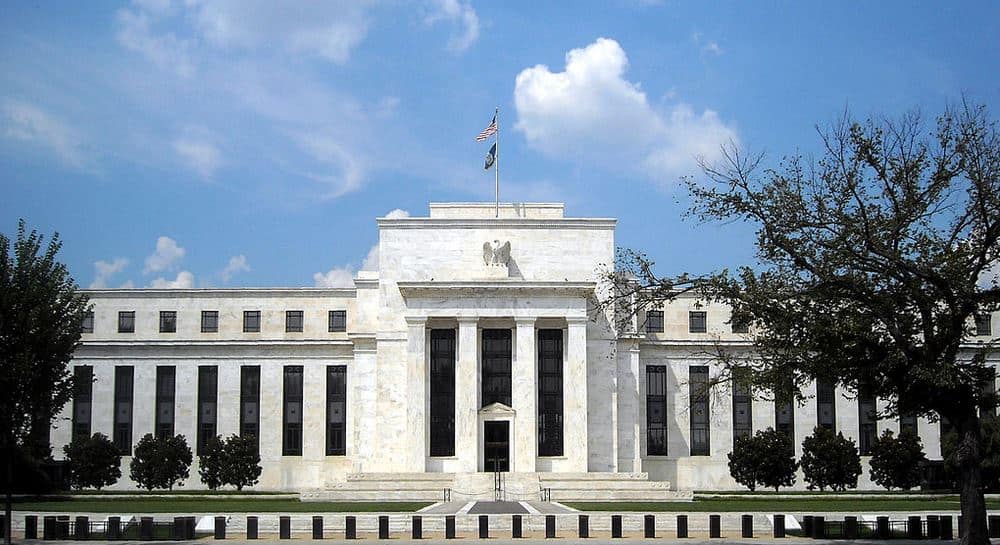
The Federal Reserve is expected to cut interest rates at its upcoming meeting on September 18, marking its first rate reduction since 2020. This decision follows signs of moderating inflation and weakening job growth, which have pushed both market participants and economists to anticipate a shift in monetary policy.
Economic Context and Inflation Data
The primary factors behind the expected rate cut include a cooling labor market and easing inflation pressures. In August, the U.S. economy added 142,000 jobs, lower than anticipated, while the unemployment rate ticked down slightly to 4.2%.
Inflation, which has been a critical concern for the Federal Reserve over the past two years, appears to be stabilizing.
Economists expect the Consumer Price Index (CPI) for August to show a year-over-year increase of 2.6%, a significant improvement compared to earlier in 2023. This decrease in inflationary pressure is one of the key drivers behind the anticipated rate cut, as it allows the Fed to loosen its historically tight monetary stance without exacerbating price increases.
The Debate: 25 or 50 Basis Points?
While there is widespread agreement that a rate cut is imminent, the size of the reduction remains a topic of debate. According to MarketWatch, Fed-funds futures traders “reflect 55% probability of half-point rate cut in September,” while the probability of a 25 basis point reduction was at 45%.
Many analysts, including those at JPMorgan, argue for a larger 50 basis point reduction. Proponents of the more aggressive cut point to the growing risks of an economic slowdown, arguing that deeper easing would better support economic activity in the face of slowing job growth and moderating inflation.
Impact on Financial Markets
Investors are closely watching the Federal Reserve’s actions, as the rate cut decision is likely to have significant implications for both the stock and bond markets. Historically, rate cuts have supported stock prices, with the S&P 500 gaining in the months following monetary easing – in the abscence of a recession at least. However, the recent sell-off in stocks, spurred by concerns over economic growth, has left markets in a volatile state ahead of the Fed’s meeting.
Bond yields, which have been declining in anticipation of lower rates, are also expected to respond sharply to the Fed’s decision. A rate cut will likely lead to further declines in short-term Treasury yields, while the long-term impact on bond markets remains uncertain. If the Federal Reserve moves aggressively with a 50 basis point cut, some investors worry that inflation could re-accelerate, complicating the Fed’s efforts to manage the economy.
What’s Next?
As the September 18 meeting approaches, attention will turn to upcoming economic data, particularly the August CPI report, which will likely influence the final size of the rate cut – the CPI report will be released on Wednesday, September 11, 2024 at 8:30 AM ET.
The Federal Reserve faces a delicate balancing act—cut rates too slowly, and the economy could slow further; cut too quickly, and inflation may pick back up.
Regardless of the size of the cut, the Fed is expected to signal that further easing is likely in the months ahead, with markets pricing in multiple rate cuts through 2025. The central bank’s goal will be to engineer a “soft landing” for the economy, avoiding a recession while providing enough support to keep growth on track.
